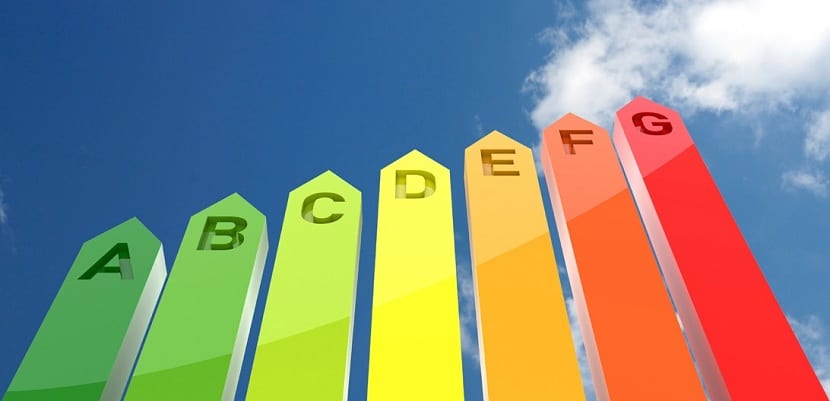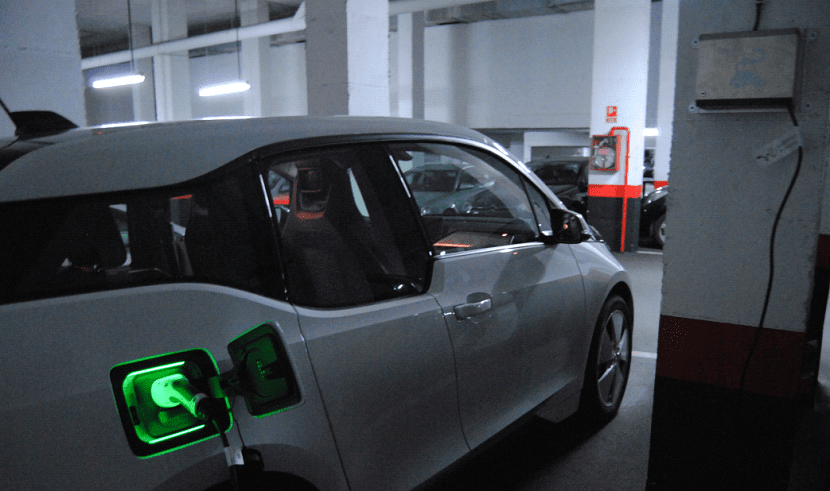
Innovation and technology development improve efficiency in the energy sector. A good way to save and not emit greenhouse gases is to go for renewable energies. However, there is also another option which is to improve energy efficiency to reduce consumption in buildings.
There are some European funds that began in 2014 and will end in 2020 whose main objective is improve energy efficiency within buildings. But, what innovations are those that help to be more efficient?
Eco-innovation as an energy efficiency method

In Madrid, a new IPM report has been presented in which it is highlighted that eco-innovation in buildings can generate 70% savings in heating and cooling, create 400.000 jobs and reduce health costs by 8.200 billion euros. Among the measures proposed in this city-scale rehabilitation report we have the storage and infrastructures that are necessary for electric vehicles to recharge.
This great innovation in buildings is playing a fundamental role in the most developed markets worldwide since they will change the current design of cities. The most technologically advanced cities are increasing the number of electric vehicles in circulation. With this, the different infrastructures are necessary to be able to recharge the vehicles.
The report also takes into account the improvement in savings by applying energy efficiency techniques in buildings and transport, given that significant benefits would be obtained and spending on sanitary products would be reduced.
“We have carried out an exhaustive analysis of the documents approved by Brussels in the last two years, which constitute an authentic guide of what is to be understood by innovative actions in construction and rehabilitation. The definition of energy Eco-innovation is linked to the measurement of the environmental result before and after the actions”, Explains García Breva, expert in energy policies and President of N2E.
Of course, in order to improve all these energy efficiency guidelines in buildings, good self-consumption practices must be carried out, however, here in Spain we continue with the sun tax that continues to deprive us of being able to self-manage our energy. In the rest of Europe, progress is being made towards an energy demand management model that aims to provide consumers with instruments that allow them to manage their own energy.
An attempt is made to revalue the urban environment

The urban environment is where we live, and that is why the European Commission guidelines are the ones that propose state aid on the environment and energy and link the different eco-innovation techniques with environmental protection and energy efficiency. They also contemplate the measures that are aimed at saving energy and the use of renewables. Since in an economy based on the reduction of energy consumption, ensuring savings is of vital importance. In the fight against climate change, energy efficiency and the use of renewables are the best weapons.
Innovation, therefore, is an added value that turns energy efficiency into a factor of competitiveness and represents a more attractive financing alternative, to modify the negative perception of banks towards saving energy, based on the revaluation of the urban environment and the benefits it will bring to the economy.
As the Brussels proposals call for a change in current electricity regulation and building standards coupled with a change in consumer behavior in the use of energy, buildings that are less energy efficient and have a higher consumption, they will have a difficult time on the market.
Transformation to more efficient buildings
As a result, towards this improvement in the energy efficiency of buildings, self-consumption and renewable energies must be improved. Use A ++ energy efficient appliances and the net primary energy that results from subtracting from the primary energy that the building needs the part that is covered with renewables to determine the values for the EECN in the different geographical areas.